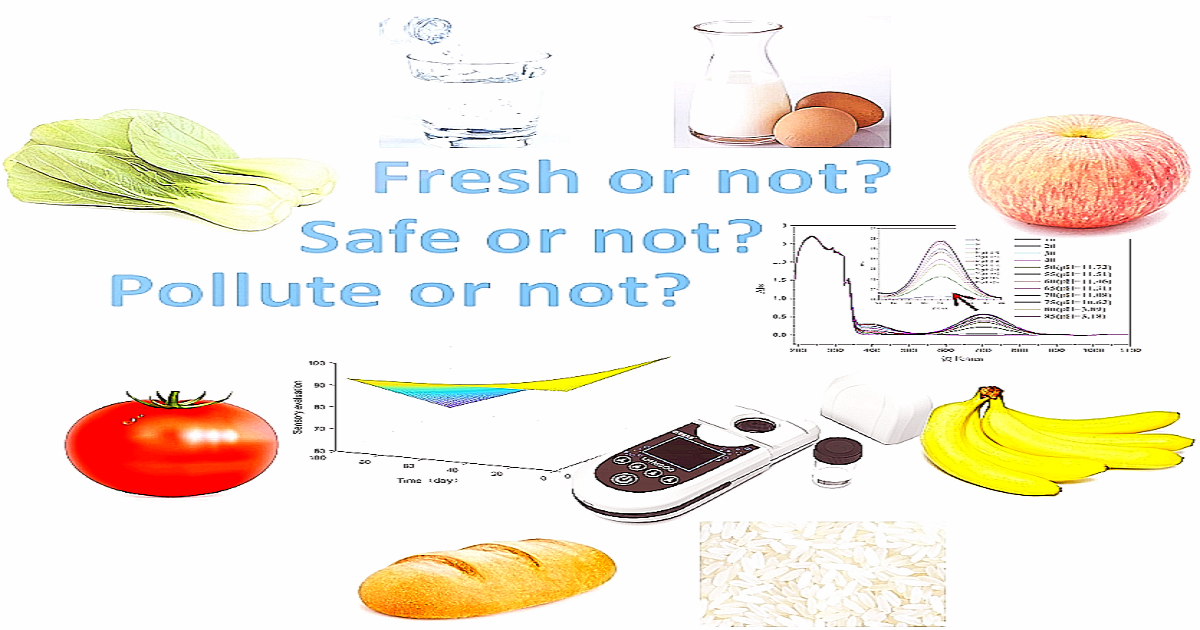State-of-Art of Improving Food and Water Quality and Analysis
A special issue of Applied Sciences (ISSN 2076-3417). This special issue belongs to the section "Food Science and Technology".
Deadline for manuscript submissions: closed (30 June 2023) | Viewed by 2550

Special Issue Editors
Interests: food analysis; water analysis; food processing; online inspection
Interests: modem molecular sensing technology; flavor material analysis
Special Issues, Collections and Topics in MDPI journals
Special Issue Information
Dear Colleagues,
Food and water are essential to human existence. The composition of food and water is related to life and health. With the development of society, there has been great progression in food and water preservation technology; however, there are increasing questions arising concerning pollution. Recently, more attention is being paid to food and water quality and safety. Food and water quality and safety are predominantly assessed by performing food and water analyses. However, with the development of technology for these analyses, some natural active ingredients and slightly polluted ingredients of food and water have also been discovered.
The purpose of this research topic is to present the latest research progress in food and water quality and analysis, including new technology for food analysis and food preservation, and food quality and safety control technology, as well as new technology for water quality analysis, water pollution analysis, water quality andsafety control technology, and so on.
Dr. Dan Wu
Dr. Huan Cheng
Guest Editors
Manuscript Submission Information
Manuscripts should be submitted online at www.mdpi.com by registering and logging in to this website. Once you are registered, click here to go to the submission form. Manuscripts can be submitted until the deadline. All submissions that pass pre-check are peer-reviewed. Accepted papers will be published continuously in the journal (as soon as accepted) and will be listed together on the special issue website. Research articles, review articles as well as short communications are invited. For planned papers, a title and short abstract (about 100 words) can be sent to the Editorial Office for announcement on this website.
Submitted manuscripts should not have been published previously, nor be under consideration for publication elsewhere (except conference proceedings papers). All manuscripts are thoroughly refereed through a single-blind peer-review process. A guide for authors and other relevant information for submission of manuscripts is available on the Instructions for Authors page. Applied Sciences is an international peer-reviewed open access semimonthly journal published by MDPI.
Please visit the Instructions for Authors page before submitting a manuscript. The Article Processing Charge (APC) for publication in this open access journal is 2400 CHF (Swiss Francs). Submitted papers should be well formatted and use good English. Authors may use MDPI's English editing service prior to publication or during author revisions.
Keywords
- food quality control
- food chemistry
- food analysis
- food preservation
- food and water contamination
- food and water safety
- flavor analysis
- functional component analysis
- water analysis
- microcontamination analysis
Benefits of Publishing in a Special Issue
- Ease of navigation: Grouping papers by topic helps scholars navigate broad scope journals more efficiently.
- Greater discoverability: Special Issues support the reach and impact of scientific research. Articles in Special Issues are more discoverable and cited more frequently.
- Expansion of research network: Special Issues facilitate connections among authors, fostering scientific collaborations.
- External promotion: Articles in Special Issues are often promoted through the journal's social media, increasing their visibility.
- Reprint: MDPI Books provides the opportunity to republish successful Special Issues in book format, both online and in print.
Further information on MDPI's Special Issue policies can be found here.





